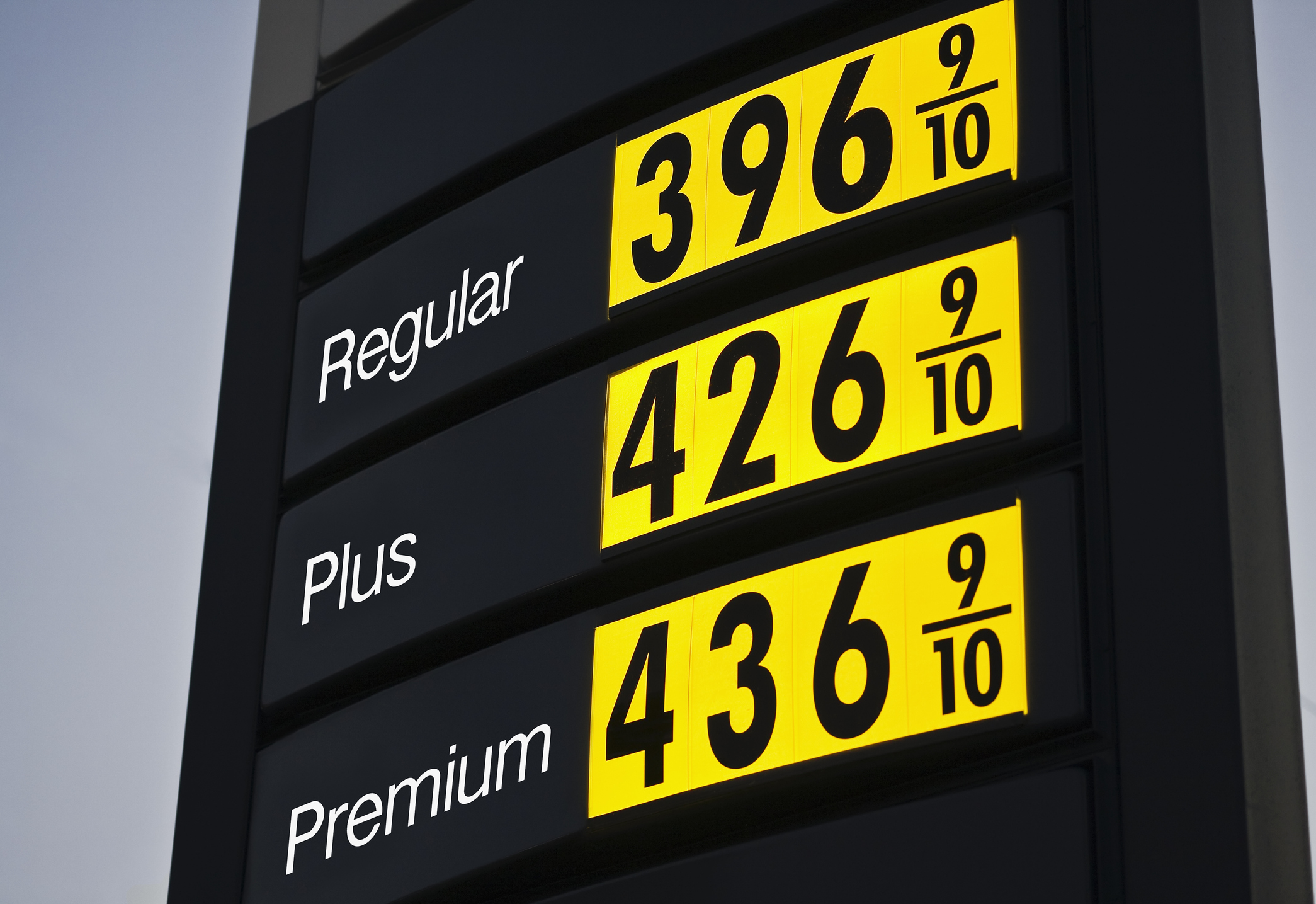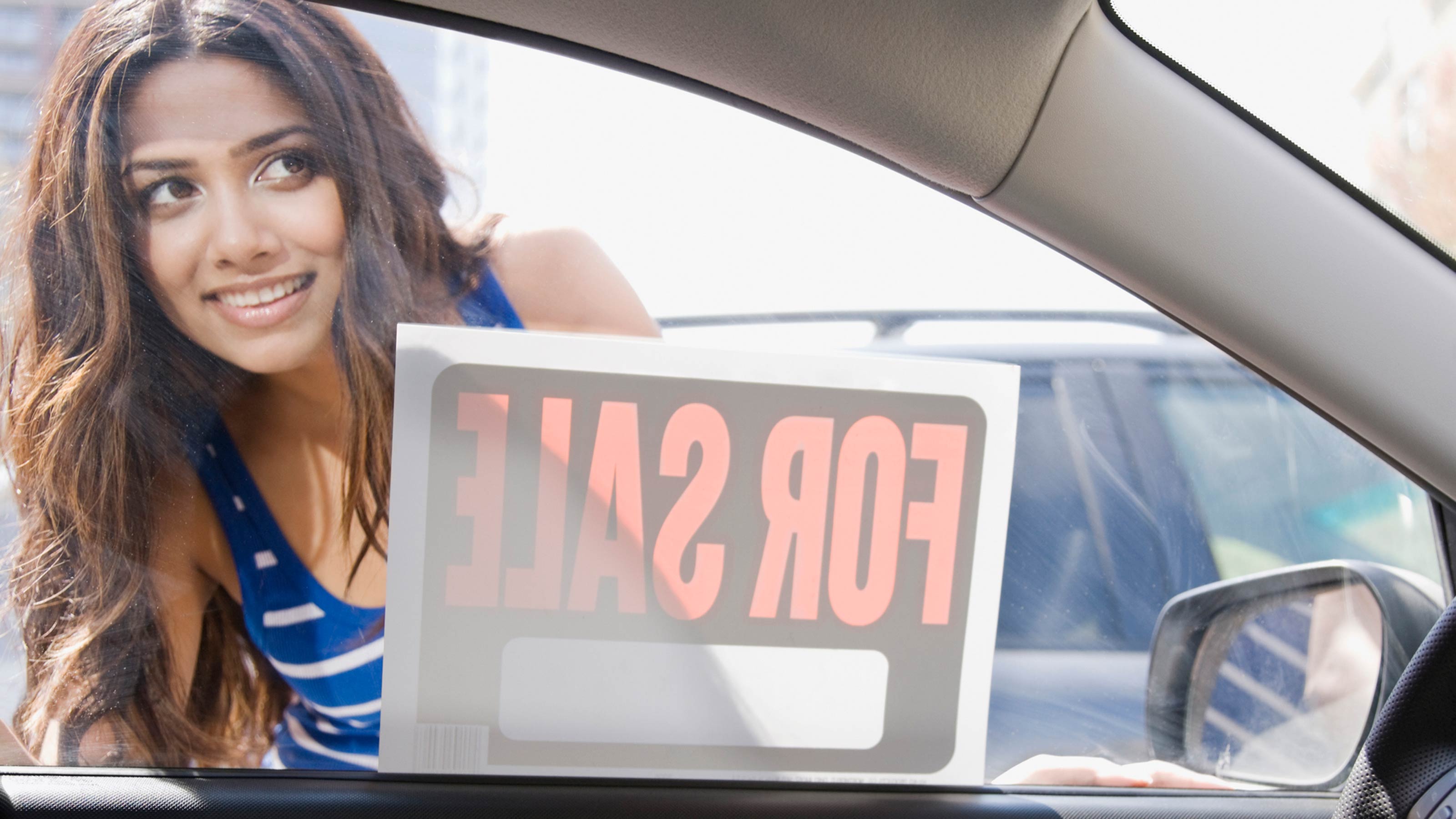Don't Count on Cash for Clunkers
The long-anticipated program launches July 27, but it doesn't benefit very many car buyers

If you were waiting to buy a new car or truck until the “cash for clunkers” program became reality, the time has come. But be ready to be disappointed. Not many “clunkers” qualify for vouchers, and even if yours does, you may get a better deal selling it on your own.
| Row 0 - Cell 0 | Benefits of Biking to Work Keep Adding Up |
| Row 1 - Cell 0 | Tax Break Expanded for New Car Buyers |
| Row 2 - Cell 0 | What GM’s Bankruptcy Means to Consumers |
| Row 3 - Cell 0 | Car Buying Guide |
The idea behind the program -- officially known as the Car Allowance Rebate System -- was to spur auto sales, replacing older gas-guzzlers with more fuel-efficient vehicles. But the legislation as it stands won’t achieve either goal very well.
How It Works
To qualify as a clunker, your vehicle must have been manufactured in 1984 or later, be registered and in use for at least one year, and get 18 miles per gallon or less in combined city and highway driving (see www.fueleconomy.gov to check the official mileage of your vehicle). It must also be drivable.
From just $107.88 $24.99 for Kiplinger Personal Finance
Become a smarter, better informed investor. Subscribe from just $107.88 $24.99, plus get up to 4 Special Issues

Sign up for Kiplinger’s Free Newsletters
Profit and prosper with the best of expert advice on investing, taxes, retirement, personal finance and more - straight to your e-mail.
Profit and prosper with the best of expert advice - straight to your e-mail.
If your car qualifies, you can get a voucher toward a new, more fuel-efficient model with a base price (before options) of less than $45,000. Trade your old car for a new one that gets at least 22 mpg, and your voucher is worth $3,500. If the new car gets 10 mpg better than the old car, the voucher is worth $4,500.
For light-duty SUVs, vans and pickups to qualify for a $3,500 voucher, the mileage on the new vehicle has to be 18 mpg combined and 2 mpg better than the old one. If the new vehicle does 5 mpg better, you can claim the $4,500 voucher. For heavy-duty vehicles—those rated at 6,000 to 8,500 pounds for gross vehicle weight—the rules are even more lenient. The $3,500 voucher is available if the new vehicle gets at least 15 mpg combined and just 1 mpg better mileage than the old one. You need only 2 mpg better to qualify for the $4,500 voucher.
Work trucks (gross vehicle weight rating of 8,500 to 10,000 pounds) are not rated for mileage; if you own one, the only requirement you have to meet is that your vehicle be a 2001 or older model, and the voucher is $3,500.
The voucher reduces the cost of the new car and is the only trade-in money you’ll see. Your old car gets scrapped.
Few qualify
At first glance, 18 miles per gallon sounds reasonable—if your car gets less than that in combined mileage, it’s a guzzler, plain and simple. But few cars qualify, unless they have large engines and are meant to go very fast. SUVs and trucks are the real culprits, so the plan is skewed heavily in their favor--and benefits the Detroit automakers who sold a lot of SUVs and trucks.
For example, if you’re hoping to trade in a 1997 V6 Ford Taurus (rated at 21 mpg combined), you’re out of luck. But if you have a V8 Taurus of the same vintage (18 mpg combined), you could qualify. On the flip side, all but one of Ford’s SUVs, trucks and minivans from that year qualify as clunkers.
Kelley Blue Book created a list of models going back to 1990 that get low enough mileage to qualify and are worth less than $4,500, and came up with only 974 for the past 19 years. The results skew toward older cars, naturally, because they’re worth less—93% of the models are seven years old or more. In fact, there are fewer than 70 models that are of a more recent vintage.
The list was also revealing in how heavily skewed toward Detroit the legislation will be. (It has been approved in the House and Senate and is awaiting President Obama’s signature.) Some 62% of the cars on the list were from the Big Three, with General Motors’ vehicles making up 28% alone.The vouchers don’t replace or cancel out other incentives, such as the hybrid tax credit or discounts from dealers or manufacturers. You can also deduct the sales tax, if any, on your federal tax return.
The program will be in effect for one year, starting whenever the regulations are finalized, and may apply retroactively to qualified purchases since March 30 of this year in the form of cash rebates.
The program is in effect until November 1 (unless the program runs out of money), and you may qualify for a cash rebate for a qualified purchase since July 1 of this year.
Even if you have a so-called clunker, if it’s worth more than the voucher you’ll get (to find out what you might get for it, go to www.kbb.com), trading it in would be a mistake. You could sell it on your own--and use the cash to buy your new ride.
Profit and prosper with the best of Kiplinger's advice on investing, taxes, retirement, personal finance and much more. Delivered daily. Enter your email in the box and click Sign Me Up.

-
 5 Investment Opportunities in 2026
5 Investment Opportunities in 2026As investors game-plan for the year ahead, these five areas of the equity markets deserve their attention.
-
 How Verizon’s Free Phone Deals Work
How Verizon’s Free Phone Deals WorkWhat shoppers need to know about eligibility, bill credits and plan costs.
-
 Does Your Car Insurer Need to Know All Your Kids? Michigan Cases Raise Question
Does Your Car Insurer Need to Know All Your Kids? Michigan Cases Raise QuestionWho you list on your policy matters more than most drivers realize, especially when it comes to who lives in your home.
-
 10 Things You Should Know About Buying a Car Today, Even if You've Bought Before
10 Things You Should Know About Buying a Car Today, Even if You've Bought BeforeIf buying a car is on your to-do list, and it's been a while since you went shopping for a new one, this guide will help avoid any nasty shocks in the showroom.
-
 Get the Best Car Deal in Retirement: Here's the Trick
Get the Best Car Deal in Retirement: Here's the TrickPlanning on shopping for a new car this Labor Day weekend? Here’s how to haggle for a better price, even though you're retired.
-
 7 Gas-Saving Tips That Actually Work
7 Gas-Saving Tips That Actually WorkThese are gas-saving tips that will actually work for you and your car this year.
-
 Want to Lease an EV? The Tax Credit 'Loophole' for That Is Going Away Soon
Want to Lease an EV? The Tax Credit 'Loophole' for That Is Going Away SoonTax Credits If you are deciding whether to lease or buy an electric vehicle, here is what you need to know about how the EV lease tax credit works now that it will be eliminated under Trump's new tax law.
-
 Car Buying in a Topsy-Turvy Market
Car Buying in a Topsy-Turvy MarketYou need a new car? Good luck with that! What should you do? We've got some answers.
-
 Watch Out for Flood-Damaged Cars from Hurricane Ian
Watch Out for Flood-Damaged Cars from Hurricane IanBuying & Leasing a Car In the wake of Hurricane Ian, more flood-damaged cars may hit the market. Car prices may rise further because of increased demand as well.
-
 Car Buyers: The 3-Day Grace Period Is Just a Myth!
Car Buyers: The 3-Day Grace Period Is Just a Myth!Buying & Leasing a Car Many car buyers think they have three days after making a purchase to return a car. Here’s where they’re going wrong, and what they should do instead to get a decent used car.
-
 PODCAST: Car-Buying in an Inflated Market with Jenni Newman
PODCAST: Car-Buying in an Inflated Market with Jenni NewmanBuying & Leasing a Car With cars both scarce and expensive these days, what to do if you want – or need – a new ride? Car-buying strategist Jenni Newman of Cars.com shares some tips. Also, more on the magical 9% savings bond.